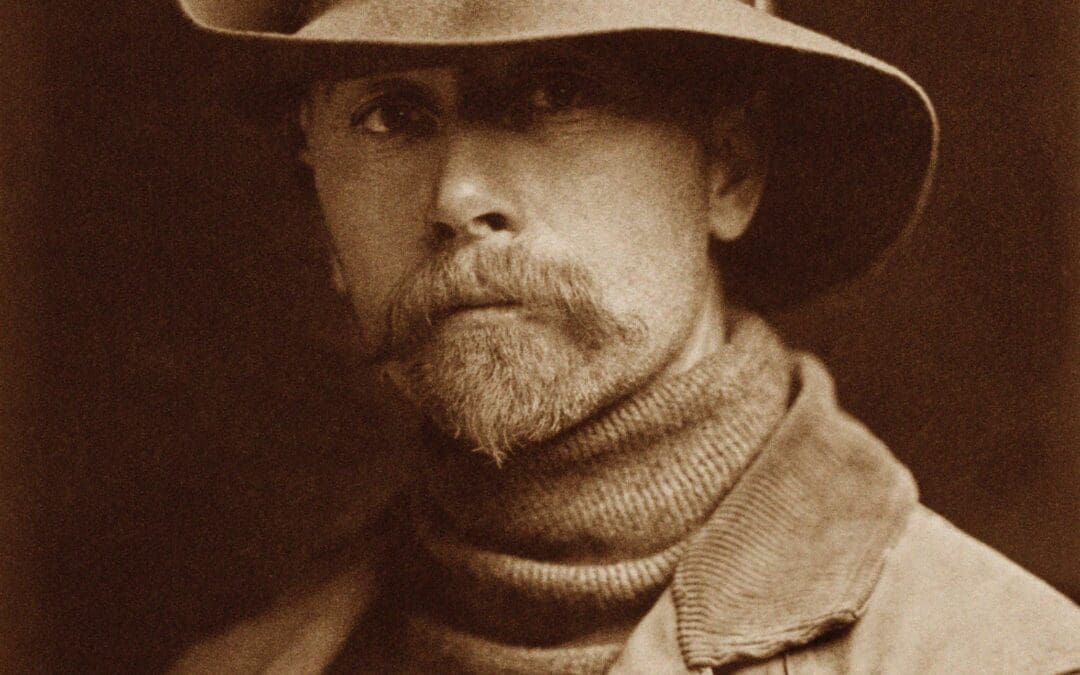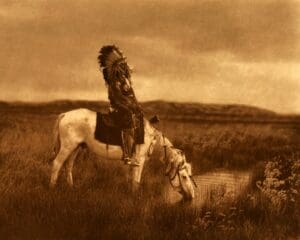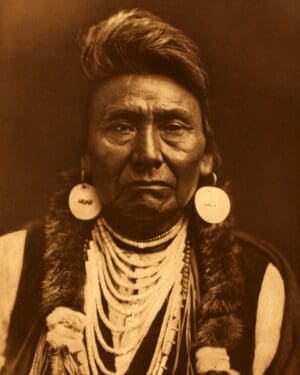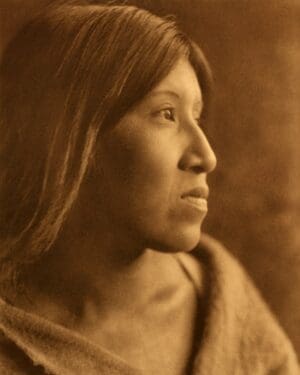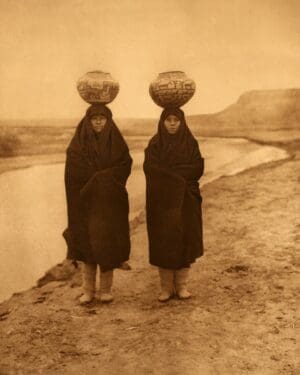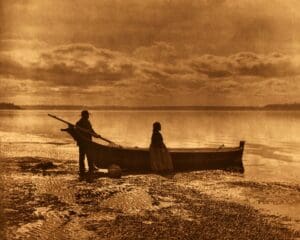Edward Curtis was an American photographer and ethnologist best known for documenting the lives and cultures of Native American tribes in the early 20th century. Often called the “Shadow Catcher”, Curtis dedicated over 30 years to capturing the quickly vanishing traditional ways of North American tribes through photographs, recordings, and written accounts.
Early Life and Career Beginnings
In 1895, Curtis took his first portrait of a Native American, Princess Angeline of the Duwamish tribe. This marked the beginning of his lifelong passion for documenting indigenous cultures. His images of Princess Angeline and Mt. Rainier won awards and helped establish his reputation.
Curtis was born in 1868 in Whitewater, Wisconsin. His father was a minister and Civil War veteran who struggled to provide for the family. As a teenager, Curtis built his own camera and apprenticed as a photographer in St. Paul, Minnesota. He later moved to Seattle and started a successful photography studio.
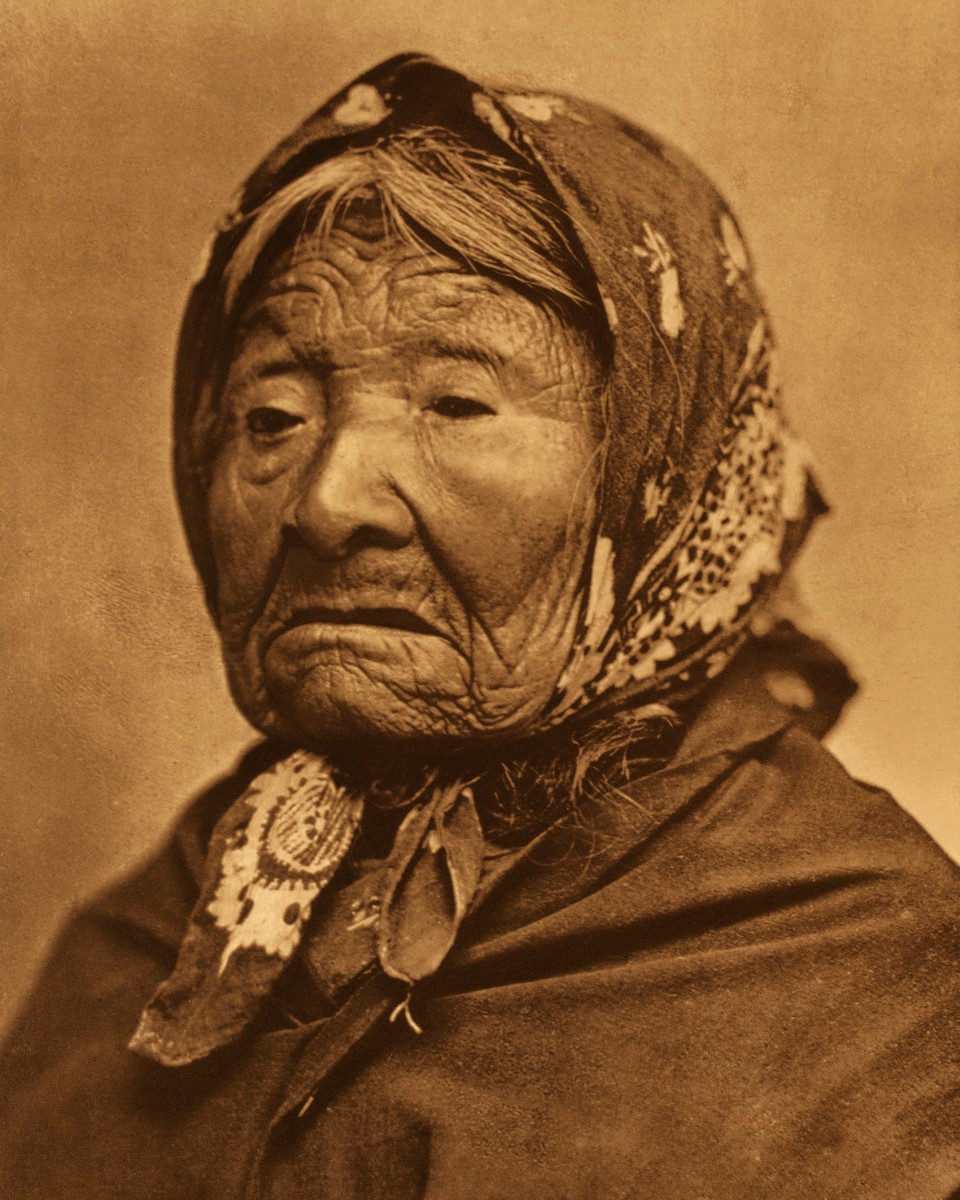
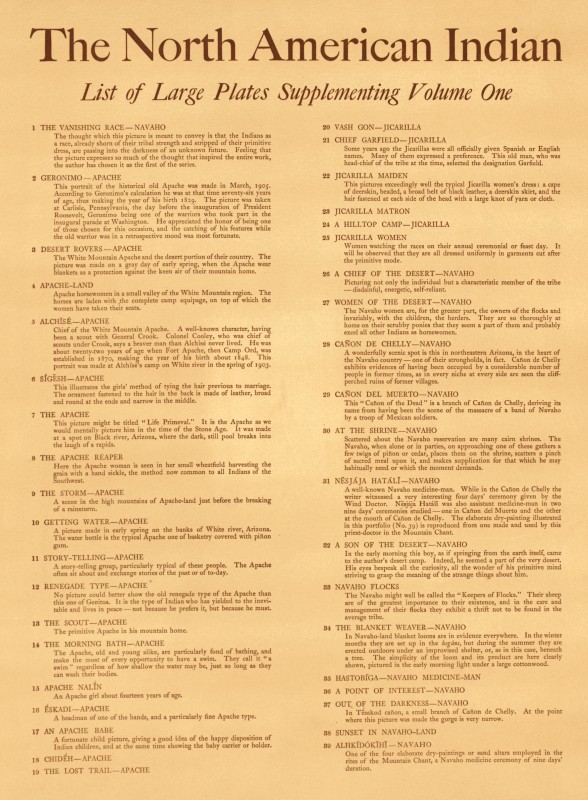
The North American Indian Project
In 1906, financier J.P. Morgan provided Curtis with $75,000 to produce a 20-volume set titled The North American Indian. This ambitious project aimed to capture the traditional lifestyles of 80 Native American tribes before they disappeared.
Over the next 30 years, Curtis traveled across the American West, taking over 40,000 photos of members from over 80 tribes. He recorded tribal history, rituals, food, housing, clothing, and more. He made over 10,000 wax cylinder recordings of native languages and music. His monumental work documented cultural insights that may have otherwise been lost forever.
Challenges and Controversies
The North American Indian project was not without difficulties. Curtis received no salary and struggled to support his family during decades of fieldwork. His wife later divorced him. Academics criticized parts of his work as inauthentic or exaggerated. He lost rights to the project after it was complete. Still, his images provided an invaluable record of traditional Native American life.
Later Work and Death
In 1914, Curtis released the silent film In the Land of the Head Hunters, the first feature film starring a fully Native American cast. He continued to photograph and sell his work until his death in 1952 at age 84. Though controversial at times, Curtis dedicated his life and career to recording Native cultures and sharing their stories. His visual legacy has immortalized vanishing ways of life that might otherwise have been lost.
Want to Own a Piece of History?
If you’re as fascinated by Curtis’s work as we are, you can own replica prints of his breathtaking photographs through our website. We also offer a digital download of the complete 20-volume set of The North American Indian. This is a unique chance to appreciate Curtis’s art and learn about the Native American customs he documented.

